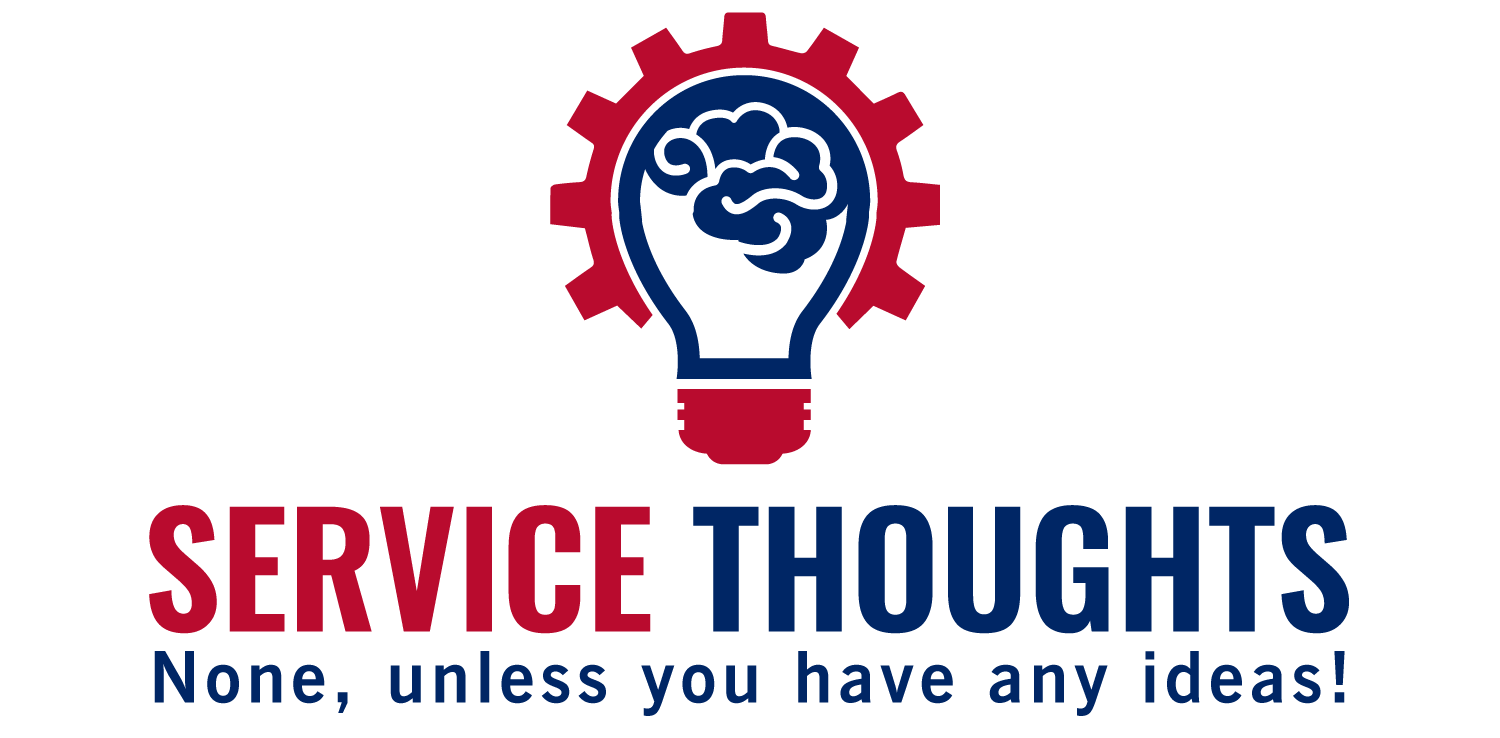Refrigeration Training: Master Cooling & Refrigeration Techniques
Stepping into the chilly realm of commercial refrigeration training is like strapping on your armor in anticipation of battling the fiery dragon of heat; you prepare yourself to be the noble hero who keeps the world’s perishables perfectly preserved in sub-zero temperatures.
But don’t go it alone—finding the right mentor is like discovering a whispering wizard with secret knowledge amidst a forest of pipes and compressors.
Picture your mentor as a seasoned skipper navigating the swirling seas of hvacr, a pivotal compass guiding apprentices through the intricacies of refrigerant whispers and the growling complaints of a stubborn compressor.
As you peel back the layers of this frosty onion, you’ll uncover the art of chill, from the fundamentals to the latest in high-tech sustainability practices. Keep reading to see how a mentor’s seasoned insights can help you become the Merlin of cooling systems, turning every knob and valve with an enchanting expertise.
Key Takeaways
- A Good Mentor in the HVACR Field Is Like a Compass Guiding Through a Sea of Technology and Knowledge
- Identifying the Right Refrigeration Training Track Relies on Personal Passion and Environmental Responsibility
- Mastery in Refrigeration and HVAC Goes Beyond Technical Skills to Include Understanding of Energy Efficiency and Environmental Protection
- Hands-on Experience Under the Guidance of an Expert Mentor Is Invaluable for a Holistic Learning Experience
- A Responsible HVACR Technician Not Only Fixes Problems but Also Considers the Environmental Impact of Their Work
Choosing the Right Mentor for Your Refrigeration Journey

Just like a compass in a sailor’s hand, a mentor charts the course across your sea of aspirations in the HVACR world.
My journey began with a map full of questions: What kind of refrigeration technology ticks under the hood of my passion?
Could it be commercial refrigeration training calling my name, or is it the whisper of air conditioning and refrigeration courses?
But I realized that identifying my goals was just the tip of the iceberg.
The mentor I needed had to be not just any teacher; they had to be an expert navigator, with a heart like a compressor, endlessly pushing me towards understanding, experience, and maybe even that coveted diploma.
As the search commenced, I armed myself with a keen eye for detail.
I scoured through credentials with the eagle-eyed scrutiny of an HVAC technician on a leak detection mission, knowing that the right guide’s knowledge and experience could be as crucial as the right pressure in a system’s valve.
Let’s embark on this crucial chapter, shall we?
Identify Your Refrigeration Goals and Needs
Peeling back the layers of hvacr, I questioned where my interests truly lay: Do I want to dance through schematics and electrical wiring, or am I more enticed by the silent hum of a perfectly calibrated air conditioning system?
It was like standing at a crossroads with signs pointing toward hvac technicians training, piping hot boilers, and shimmering evaporators: I needed a solid game plan:
- Do I see myself mastering the intricate ballet of refrigerants and compressors, or is my soul set on wrestling with the might of industrial refrigeration?
- Does the allure of sustainability and environmental protection shape my learning path, or am I drawn to the oil-drenched symphony of high-powered heating systems?
- Could the intricate puzzle of automation and instrumentation spark a fire in my belly, prompting me to seek out those special ac refrigeration courses?
Clarity came like a gust of cool air on a sweltering day: I longed for the thrill of leak detection, the whisper of ammonia in the pipes, and the satisfaction of energy conservation humming through the heart of an efficient system.
Research Potential Mentors’ Experience and Credentials
With my compass set, the hunt for a teacher began, echoing the intensity of a late-night cram session before a big final exam. Each potential mentor was an open book, their credentials and experience pages I was eager to turn: It wasn’t enough to find a name with a buzz; I needed someone whose wisdom ran as deep as an old boiler’s roots.
- Was their background ripe with stories of tangling with A2L refrigerant certification challenges?
- How well did their experience align with the electric ballet of troubleshooting and diagnostics?
- Did a sea of satisfied apprentices speak to the strength of their teaching prowess in the ever-evolving realm of hvacr?
Ultimately, the mentor’s tapestry of expertise had to resonate with my own refrigeration dreams. It wasn’t simple curiosity propelling me but rather a hunger to absorb every shimmering droplet of wisdom, from the life-saving cool of a heat exchanger to the heart-pumping pressure of a high-stakes maintenance audit. Their accreditation and history of producing skilled technicians were not just footnotes but headlines on the path to my certification.
Now, let’s lace up our learning boots and venture into the icy realm of thermodynamics! With a sage mentor at our side, we’re about to crack the frosty codes of basic refrigeration principles.
Understanding Basic Refrigeration Principles With a Mentor

Ever been entranced by the chill embrace of your fridge on a hot day?
That’s where I find myself, leaning into the cool mystery of refrigeration, hungrily unraveling the secrets locked within the core mechanics of cooling systems.
Mentors in this frosty escapade don’t just spew facts; they illuminate dark corners, helping me navigate the labyrinth of condensers, evaporators, and compressors that march in a silent parade beneath our fingertips.
Through their guidance, I’m plucking the strings of this complex harp, exploring different refrigerants, each with its unique melody and purpose, shaping the tunes of temperature that dance unseen in our everyday lives.
Study the Core Mechanics of Cooling Systems
Starting with the soothing hum of a refrigerator, my mentor tossed me into the deep end of cooling systems. They showed me that understanding these machines is like listening to an intricate symphony – every valve, compressor, and heat exchanger plays a vital part in the dance of temperature control.
Guided by my mentor’s seasoned hand, I dug into the guts of air conditioning technology, where the ruthless heat meets the maverick chill. What seemed like a chaotic tangle of pipes and pressure readings transformed into a clear orchestration of science and skill under their tutelage.
Explore Different Types of Refrigerants and Their Uses
Venturing with my mentor into the world of refrigerants felt like cracking open nature’s chemistry set, each container labeled with potentials and purposes as diverse as the stars. Freon used to be the king, before eco-friendly warriors and ozone layer guardians championed for substitutes, steering us towards the newer, kinder options like the A2l refrigerant – less of an environmental scoundrel and more of a green crusader in our cooling quests.
Picture this: refrigerants as a cast of characters, each with their own role in the drama of heat transfer. There’s ammonia, a stalwart with a pungent personality, unfazed by the pressures of industrial refrigeration, while others, like the hydrofluorocarbons, pirouette gracefully in domestic dance floors.
My mentor’s vast experience unfolds the reality that choosing the right refrigerant means more than just picking a fluid; it’s about matching the substance to the stage and scene of our frigid play.
Buckle up, because the real adventure begins when you step out of the shadows of theory. With tools in hand and a determined mentor by your side, you’re about to transform those principles into practice!
Hands-on Training Sessions in Real-World Settings

So there I was, tool belt cinched tight, ready to dive – no, leap – into the trenches of hands-on experience.
Real-world settings beckon, transforming the theoretical into tangible pulses of energy circulating through cooling systems.
My mentor, a sage of the refrigeration realm, casts a shadow I stand ready to fill.
We’re embarking not on a leisurely stroll but a plunge into the roaring rapids of active repair and maintenance projects.
It’s more than practice; it’s muscle memory in the making, diagnose-and-fix drills with the mentor’s wisdom as my guiding star.
Eager and electric with anticipation, I’m set to learn the art of diagnosis under their vigilant gaze, facing down common issues as a knight duels dragons – with bravery, wit, and a trusty screwdriver in hand.
Participate in Active Repair and Maintenance Projects
Wading knee-deep into the world of actual refrigeration projects, I’m learning from my mentor that every buzz, hiss, and rattle has a story to tell. It’s like we’re detectives, deciphering clues left by temperamental machines, breathing life back into them with our deft repair skills and a well-placed wrench or two.
Under the sharp gaze of my mentor, I’m not just shadowing; I’m actively engaging with appliance casualties, nursing them back to their frosty health. This hands-on approach infuses me with a can-do spirit, turning every successful maintenance operation into a personal victory march for both of us.
Learn to Diagnose Common Issues Under Mentor Guidance
Hovering over a chattering compressor, my mentor’s eagle eyes catch subtleties that most would miss—a slight shiver in the valve or an odd dance of the pressure gauge.
Through their insights, I’m learning to listen to the hidden hymns of malfunction, peeling back layers of symptoms to unearth the root of each chill-giving problem with a fervor akin to Sherlock Holmes on the hunt.
It’s during these moments, knee-deep in a coil of pipes, when the mentor’s whispered wisdom transforms confusion into clear-cut diagnostics.
There’s a certain thrill when the puzzle pieces click into place, a registration of success in the mentor’s approving nod, signaling my initiation into the league of rising refrigeration maestros equipped to turn dissonance into harmony in the mechanical chorus of cooling systems.
As our toolbox of skills expands with each hands-on session, the plot thickens with the whispers of advanced cooling secrets. Cue the tech-savvy gurus, ready to demystify the latest in air conditioning wizardry.
Advanced Cooling Technologies Explained by Experts

So there I was, on the brink of the latest chapter in my refrigeration saga, staring into the eye of futuristic cooling systems with all their smart gadgets and energy-saving gizmos.
Mentors in this advanced field aren’t just tech-savvy—they’re magicians conjuring up efficiency from the ether.
It was time to sink my teeth into the juicy fruit of modern energy-efficient cooling solutions and wrap my head around the wizardry of smart refrigeration systems.
Dive Into Modern Energy-Efficient Cooling Solutions
Stepping into the realm of energy-efficient cooling solutions feels like unlocking a treasure trove of eco-friendly gems. My mentor’s guidance parallels the smart circuits of these advanced systems; it’s all about balance—the push and pull of innovation and sustainability.
With eyes wide and mind open, I’m lapping up every tidbit on cutting-edge tech like ice water on a scorching day: how variable speed compressors sip electricity with the careful grace of a gourmet sampling fine wine, and thermal storage systems store chilly reserves, ready to unleash winter’s touch in the heat of demand. This stuff isn’t just cool; it’s the future, and I’m here for it.
| Cooling Tech | Description | Benefit |
|---|---|---|
| Variable Speed Compressors | Adjust the cooling output to match demand precisely. | Energy savings through reduced electricity consumption. |
| Thermal Storage Systems | Shifts energy use to off-peak hours by storing cooled air or water. | Cost savings and reduced peak demand charges. |
Understand the Impact of Smart Refrigeration Systems
My mentor, a true sage when it comes to the complexities of HVAC, often likens smart refrigeration systems to vigilant sentinels of the cold chain. With the power supply humming like a dutiful heart, these systems tirelessly adjust and monitor, ensuring that your pint of strawberry ice cream remains in its frosty haven, untouched by the threat of a heat breach.
It’s the hands-on sessions where I really become intimate with the pulse of these smart systems – feeling their reactions, observing their self-correcting dance like an electric choreography. My mentor’s experienced hands guide me through the nuances of these automated guardians, demonstrating how the seamless integration of sensors and software can transform a hulking piece of metal into a beacon of energy efficiency.
I think we’re getting the hang of this technology tango, surging from the spiffy science of advanced cooling technologies, right? But before we become the next superhero of HVAC systems, let’s pump the brakes and shine a spotlight on the guardian angel of our tale: the steadfast sentinel of safety and environmental mindfulness.
Safety First – Emphasizing Health and Environmental Practices

Picture this: delving into the art of refrigeration like a chef mastering their knives, but the blades, in this case, are the principles of safety and environmental stewardship.
My mentor’s voice rings with the same seriousness as a drill sergeant’s when it comes to these vital practices. They turn regulations like the EPA’s Section 608 into a personal creed, not just empty rules to follow, ensuring that when I handle refrigerants, I treat them with the respect due to powerful allies that demand responsibility.
There’s an unspoken elegance in how my mentor weaves health and safety into our sessions. Every tool picked up comes with a lesson in safe handling—never underestimate the sly bite of a refrigerant leak or the deceptive calmness of an electrical panel.
Through their guidance, precaution becomes second nature, a helmet fastened before the battle, guarding against the unseen sparks and slippery slopes of hazard.
My hands are not only trained to turn a valve or read a pressure gauge; they’re taught to feel the pulse of the environment, to touch carefully and carry the torch of sustainability.
Mentor-led discussions on ammonia’s punchy potential or A2L refrigerant training aren’t just about technical know-how; they’re about more profound lessons in environmental protection, shaping how I’ll leave footprints—cool and light—on this planet we call home.
As my fingers dance across schematics and my eyes trace the flow of refrigerant, a mantra of environmental integrity hums in the background, instilled by my mentor.
They champion a philosophy where each repaired leak is not just a tick for efficiency but a salute to preserving our world, crafting a technician out of me who not only solves the puzzle but also honors the bigger picture of planetary custodianship.
Conclusion
Closing the chapter on my mentor-guided refrigeration adventure, I take with me not just a toolbox of skills but a commitment to sustainability etched into my practice.
Their masterful storytelling has revealed that every repaired leak or tuned system isn’t just a win for functionality; it’s a tribute to environmental care.
Under their watchful eye, the riddles of refrigeration technology have unraveled, leaving me prepared to face heat waves and cold fronts with equal expertise.
This mentorship, a harmony of technical prowess and ecological mindfulness, marks the beginning of my own legacy in the cooling crusade.






